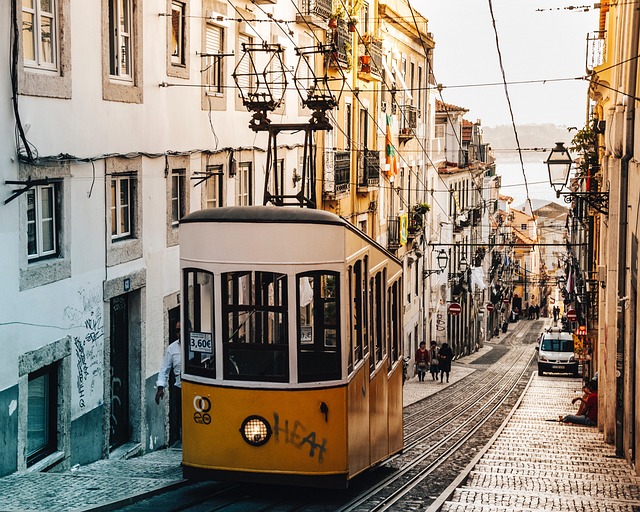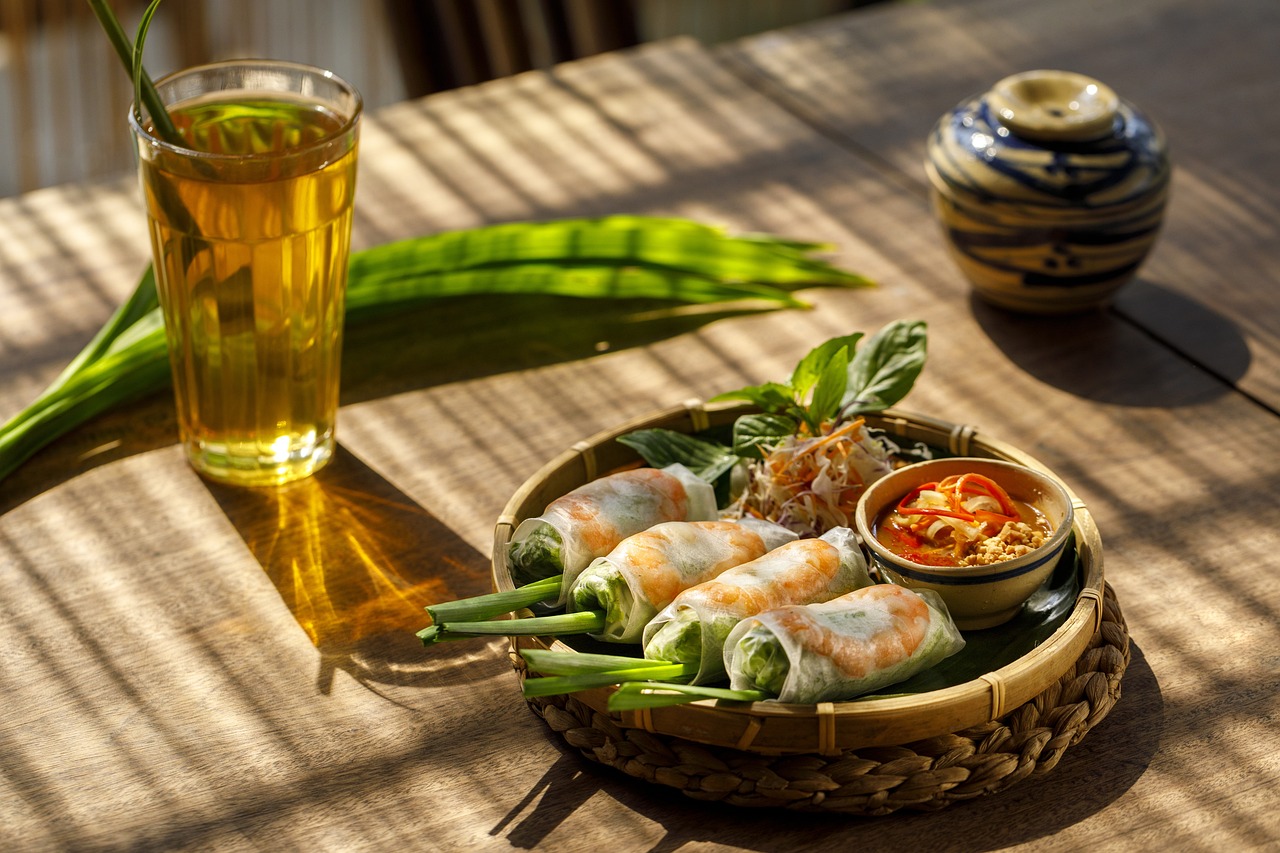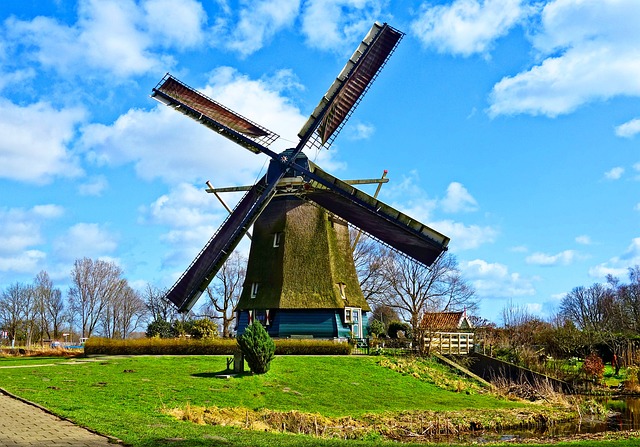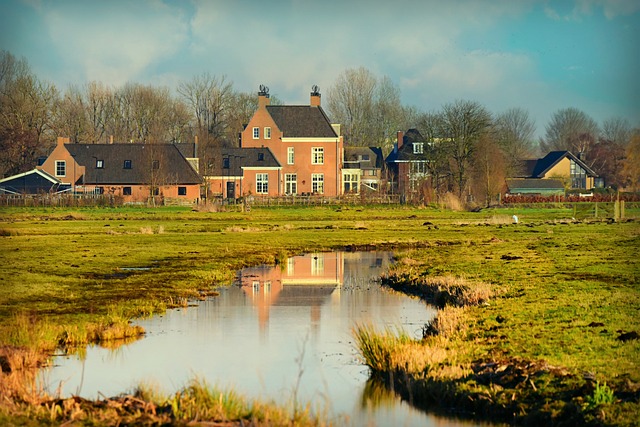Historic Cities in the Netherlands: Utrecht, Rotterdam, and The Hague
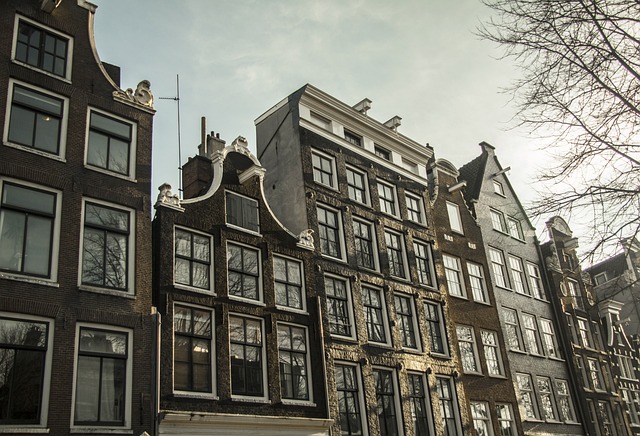
The Netherlands is a country steeped in history, culture, and architectural beauty. While Amsterdam often steals the spotlight, the cities of Utrecht, Rotterdam, and The Hague offer equally rich experiences for history enthusiasts and travelers alike. Each of these cities has its own unique character, from Utrecht’s medieval charm to Rotterdam’s modern innovation and The Hague’s political significance. This article delves into the historic highlights of these three Dutch cities, providing a comprehensive guide to their cultural and architectural treasures.
Utrecht: A Medieval Gem
Overview
Utrecht, one of the oldest cities in the Netherlands, is a treasure trove of medieval architecture, canals, and vibrant cultural scenes. Its compact city center makes it perfect for exploring on foot or by bike.
Historic Highlights
- Dom Tower (Domtoren)
- Description: Standing at 112 meters, the Dom Tower is the tallest church tower in the Netherlands and a symbol of Utrecht. Climb the 465 steps for panoramic views of the city.
- History: Built between 1321 and 1382, the tower was part of the St. Martin’s Cathedral before a storm separated the two in 1674.
- Canals of Utrecht
- Description: Utrecht’s canals are unique due to their wharfs (lower-level terraces) that house cafes, shops, and restaurants. A boat tour offers a picturesque way to explore the city.
- History: The canals were constructed in the 12th century for trade and transportation, and the wharfs were added later to facilitate loading and unloading goods.
- Museum Speelklok
- Description: This whimsical museum showcases self-playing musical instruments, from music boxes to grand orchestrions.
- History: Housed in a former church, the museum highlights the Netherlands’ rich tradition of clock-making and mechanical music.
- Rietveld Schröder House
- Description: A UNESCO World Heritage Site, this house is a masterpiece of De Stijl architecture, designed by Gerrit Rietveld in 1924.
- History: The house represents the avant-garde movement of the early 20th century, emphasizing simplicity and functionality.
Rotterdam: A City of Innovation and Resilience
Overview
Rotterdam is known for its modern architecture and bustling port, but it also has a rich history that dates back to the Middle Ages. The city’s resilience is evident in its post-World War II reconstruction, which transformed it into a hub of innovation.
Historic Highlights
- Delfshaven
- Description: This historic district is a well-preserved part of old Rotterdam, with cobblestone streets, 17th-century buildings, and charming canals.
- History: Delfshaven was the departure point for the Pilgrims in 1620 before they sailed to America on the Mayflower.
- Erasmus Bridge (Erasmusbrug)
- Description: Nicknamed “The Swan,” this iconic cable-stayed bridge is a symbol of Rotterdam’s modernity.
- History: Completed in 1996, the bridge connects the north and south of the city and is named after the famous Dutch philosopher Desiderius Erasmus.
- Museum Rotterdam
- Description: This museum offers insights into the city’s history, from its early days to its transformation after World War II.
- History: The museum’s exhibits include artifacts from the Rotterdam Blitz of 1940, which devastated much of the city.
- Laurenskerk (St. Lawrence Church)
- Description: The only remaining medieval building in Rotterdam, this Gothic church is a testament to the city’s resilience.
- History: Built between 1449 and 1525, the church was heavily damaged during World War II but has since been restored.
The Hague: A City of Politics and Culture
Overview
The Hague, the political heart of the Netherlands, is home to the Dutch government, the royal family, and numerous international organizations. Despite its modern role, the city boasts a rich history and a wealth of cultural attractions.
Historic Highlights
- Binnenhof
- Description: The Binnenhof is a complex of buildings that houses the Dutch Parliament and is one of the oldest parliamentary complexes in the world.
- History: Dating back to the 13th century, the Binnenhof has been the center of Dutch political life for centuries.
- Mauritshuis
- Description: This world-renowned art museum is home to masterpieces by Dutch Golden Age painters such as Vermeer (Girl with a Pearl Earring) and Rembrandt (The Anatomy Lesson of Dr. Nicolaes Tulp).
- History: The museum is housed in a 17th-century palace built for Johan Maurits van Nassau-Siegen, a Dutch nobleman.
- Peace Palace (Vredespaleis)
- Description: The Peace Palace is an iconic symbol of international law and justice, housing the International Court of Justice and the Permanent Court of Arbitration.
- History: Built in 1913, the palace was funded by donations from around the world, including a significant contribution from American philanthropist Andrew Carnegie.
- Scheveningen
- Description: This historic seaside resort is a popular destination for both locals and tourists, offering a sandy beach, a pier, and a lighthouse.
- History: Scheveningen has been a fishing village since the 14th century and became a fashionable resort in the 19th century.
Comparing the Three Cities
| City | Key Characteristic | Historic Highlight | Cultural Experience |
|---|---|---|---|
| Utrecht | Medieval charm | Dom Tower | Museum Speelklok |
| Rotterdam | Modern innovation | Delfshaven | Museum Rotterdam |
| The Hague | Political significance | Binnenhof | Mauritshuis |
Tips for Exploring These Historic Cities
- Transportation: All three cities are well-connected by train, making it easy to travel between them. Public transport within the cities is efficient, with trams, buses, and bike rentals widely available.
- Timing: Spend at least a full day in each city to fully appreciate their historic and cultural offerings.
- Guided Tours: Consider joining guided tours to gain deeper insights into the history and architecture of these cities.
- Local Cuisine: Don’t miss the chance to try local delicacies, such as stroopwafels in Utrecht, kapsalon in Rotterdam, and Haring (herring) in The Hague.
